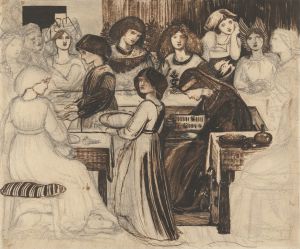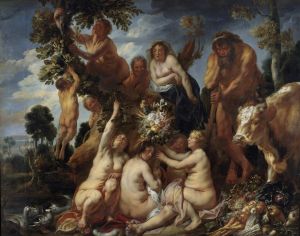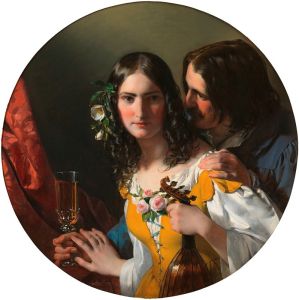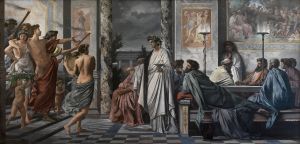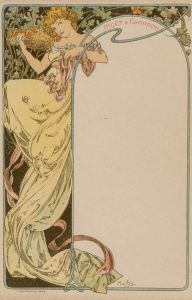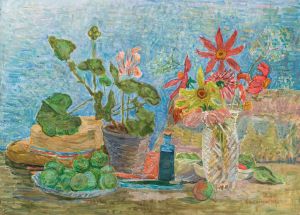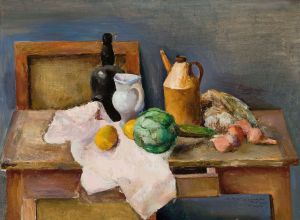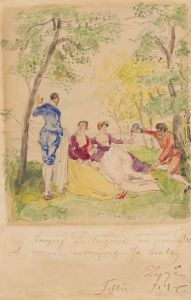
The Feast
A hand-painted replica of Zygmunt Waliszewski’s masterpiece The Feast, meticulously crafted by professional artists to capture the true essence of the original. Each piece is created with museum-quality canvas and rare mineral pigments, carefully painted by experienced artists with delicate brushstrokes and rich, layered colors to perfectly recreate the texture of the original artwork. Unlike machine-printed reproductions, this hand-painted version brings the painting to life, infused with the artist’s emotions and skill in every stroke. Whether for personal collection or home decoration, it instantly elevates the artistic atmosphere of any space.
Zygmunt Waliszewski was a Polish painter known for his vibrant and expressive style, which often drew upon elements of Post-Impressionism and Fauvism. Born on December 1, 1897, in Saint Petersburg, Russia, Waliszewski moved to Poland, where he became an influential figure in the Polish art scene during the interwar period. His works are characterized by their bold use of color and dynamic compositions, often reflecting a sense of joy and celebration.
One of Waliszewski's notable works is "The Feast," a painting that exemplifies his unique approach to capturing lively scenes. Although specific details about the painting "The Feast" are limited, it is representative of Waliszewski's broader body of work, which frequently depicted scenes of social gatherings, celebrations, and everyday life infused with a sense of exuberance and vitality.
Waliszewski's artistic journey was shaped by his education and experiences across Europe. He studied at the Academy of Fine Arts in Kraków, where he was influenced by the teachings of Józef Pankiewicz, a prominent Polish painter and art professor. Pankiewicz's emphasis on color and light had a lasting impact on Waliszewski's style. Additionally, Waliszewski spent time in Paris, where he was exposed to the works of modernist artists, further enriching his artistic perspective.
"The Feast" likely reflects Waliszewski's fascination with the human experience and his ability to capture the essence of communal joy. His use of vivid colors and dynamic brushstrokes creates a sense of movement and energy, inviting viewers to engage with the scene on an emotional level. This approach aligns with the broader trends in European art during the early 20th century, where artists sought to break away from traditional representations and explore more expressive and subjective forms of depiction.
Throughout his career, Waliszewski participated in numerous exhibitions, both in Poland and internationally. His works were well-received, and he became associated with the Kapists, a group of Polish artists who advocated for the importance of color in painting. This affiliation further underscores his commitment to exploring the possibilities of color and its impact on visual expression.
Tragically, Waliszewski's life and career were cut short when he died on October 5, 1936, at the age of 38. Despite his relatively brief career, he left behind a significant body of work that continues to be celebrated for its contribution to Polish art and its reflection of the vibrant cultural milieu of the time.
Today, Zygmunt Waliszewski's paintings, including "The Feast," are held in various collections and museums, where they continue to be appreciated for their artistic merit and historical significance. His work remains a testament to the dynamic and innovative spirit of early 20th-century art, capturing the essence of human celebration and the transformative power of color.





